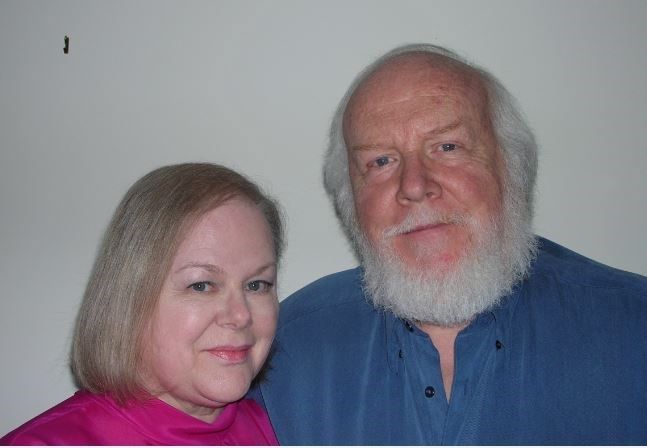In 1888, a couple of major items were really quite new in the area of New Westminster.
Vancouver had officially become a city in 1886, and the following year, the railroad, which had been promised years before as part of the inducement for B.C. to join Confederation, finally arrived and was providing rail connection to the eastern part of the continent.
For many people in the western province, including those residing in this city, that expanse from west to east was a long, long way to go. For some, it was something of a mystery that they had heard about, talked to others about, and maybe read about, but not seen in person.
But there was a show in town that presented an opportunity for an audience to view the country from one end to the other. The program by the Canadian Pacific Exhibition Company to be shown in the Herring Opera House on Carnarvon Street in the Royal City and referred to as “a fine spectacular entertainment,” was that show.
The program was summarized as: “The views embrace all the landscape wonders of this continent from Montreal to Victoria on the line of the CPR, and the audience was led with pleased acquiescence through the beauties of the North Shore and Lake Superior route; swept across the vast prairie region with a glimpse of its beautiful lake scenery; conducted through the heart of the Rockies and across the crest of the Selkirks, until one was relieved to find that he had, at last, reached the Royal City of New Westminster.”
The reporter takes delight in pointing out that “no other rail line on the continent can present so glorious a panorama to the tourist or the pleasure seeker. The eye and fancy are ever relieved of monotony by the ever changing, ever pleasing kaleidoscopic visions unfolded, and to many the journey is a veritable passage through fairy land.”
It would be safe to say that this presentation would have been very new for the audiences enthralled by the images presented to them. The lantern slide projector was known, but in a much smaller format. This program, from what we gather from other sources, was of a large format and may have been “powered” by newer oil burner, lantern slide technology or an early electric apparatus.
We live in a world in which this kind of programming is always available, but in 1888, this must have been an exciting evening and a hint of things to come.



